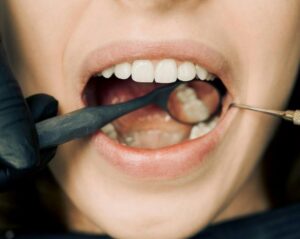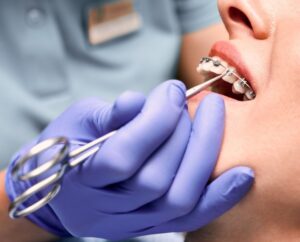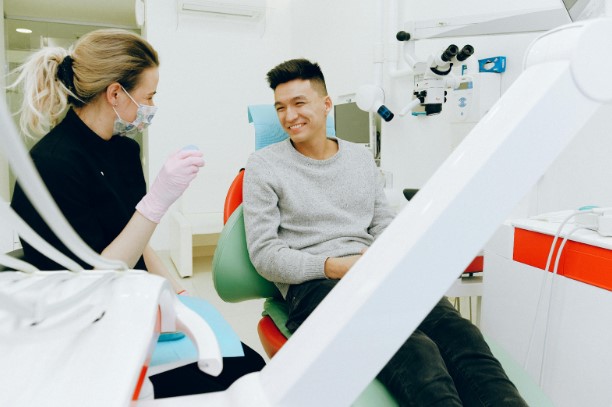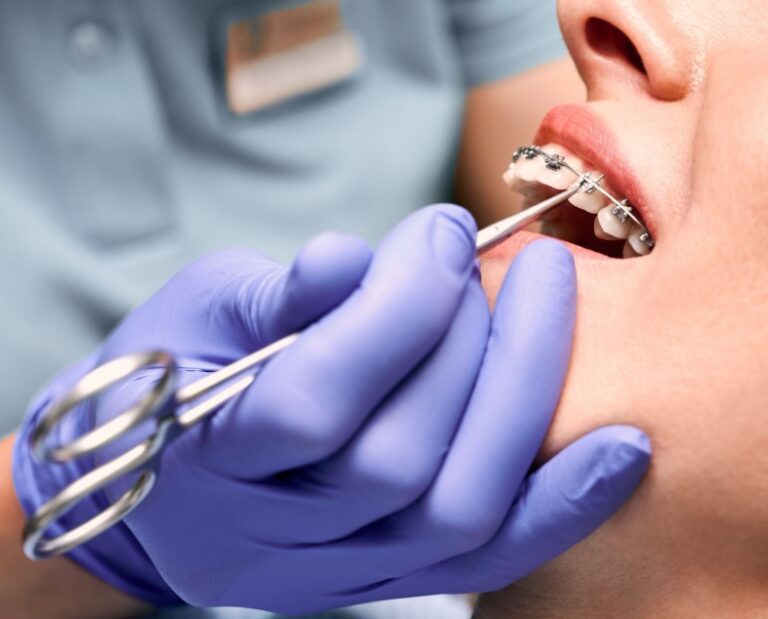Dr. Katy Anagnostou and our team recommend that you brush your teeth two or three times a day and spend at least two minutes at each brushing. What is in toothpaste and how does it actually work? The mouth is host to over 500 types of microorganisms that live off of food particles that get stuck on and around your teeth. Frequent brushing with toothpaste is the best defence against all those troublesome microbes. Here’s how it works.
Abrasives
Toothpaste contains mild abrasive compounds which fight microbes and hinder the growth of plaque. Brushing with abrasives acts to dislodge food particles and microorganisms more effectively than does brushing with water only. The abrasive material also polishes the surface of the tooth and removes food stains. Some toothpastes have ingredients like triclosan and xylitol. These chemical compounds prevent the bacteria from growing and producing plaque. Plaque causes cavities but can also result in more dangerous periodontal disease conditions.
Fluoride
Fluoride is the key ingredient in toothpaste. As the microbes in the mouth feed from food particles, they produce acid and sulfur byproducts that attack the tooth enamel. To simplify, the acid on your teeth causes cavities and the sulfur produces the unpleasant odour of bad breath. The fluoride in toothpaste works to neutralize the acid and help protect the teeth. The brushing action helps to incorporate the fluoride into the tooth enamel, which in turn makes the teeth more resistant to acid and plaque.
Flavouring and Sweetening Ingredients
Of course there are many different-tasting toothpastes to choose from. While these flavouring and sweetening agents in toothpaste don’t do anything to fight microorganisms and plaque, they are important in creating the pleasant taste experience which is so important in keeping you motivated to care for your teeth every day.



















